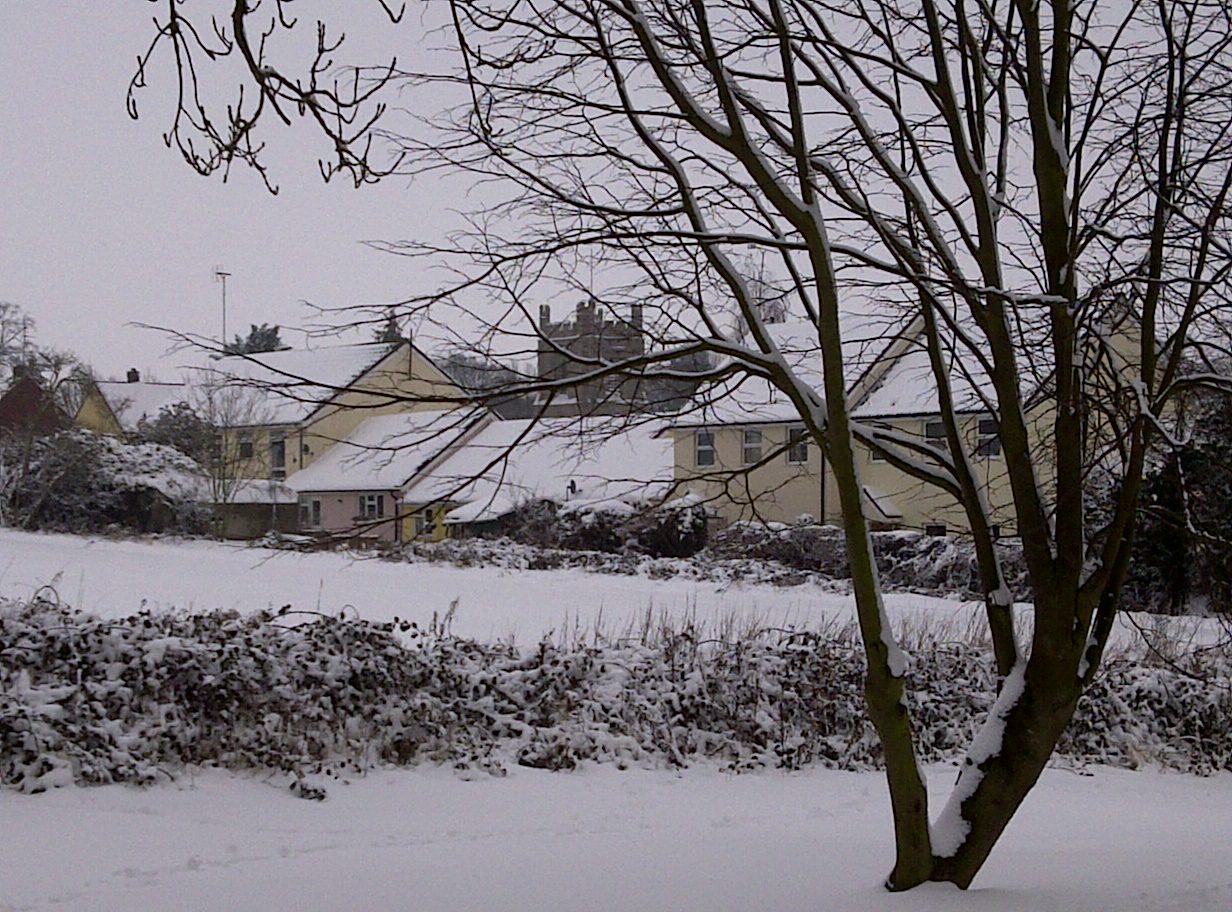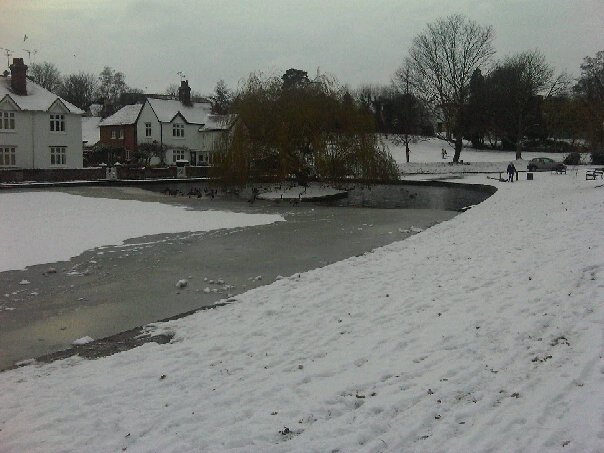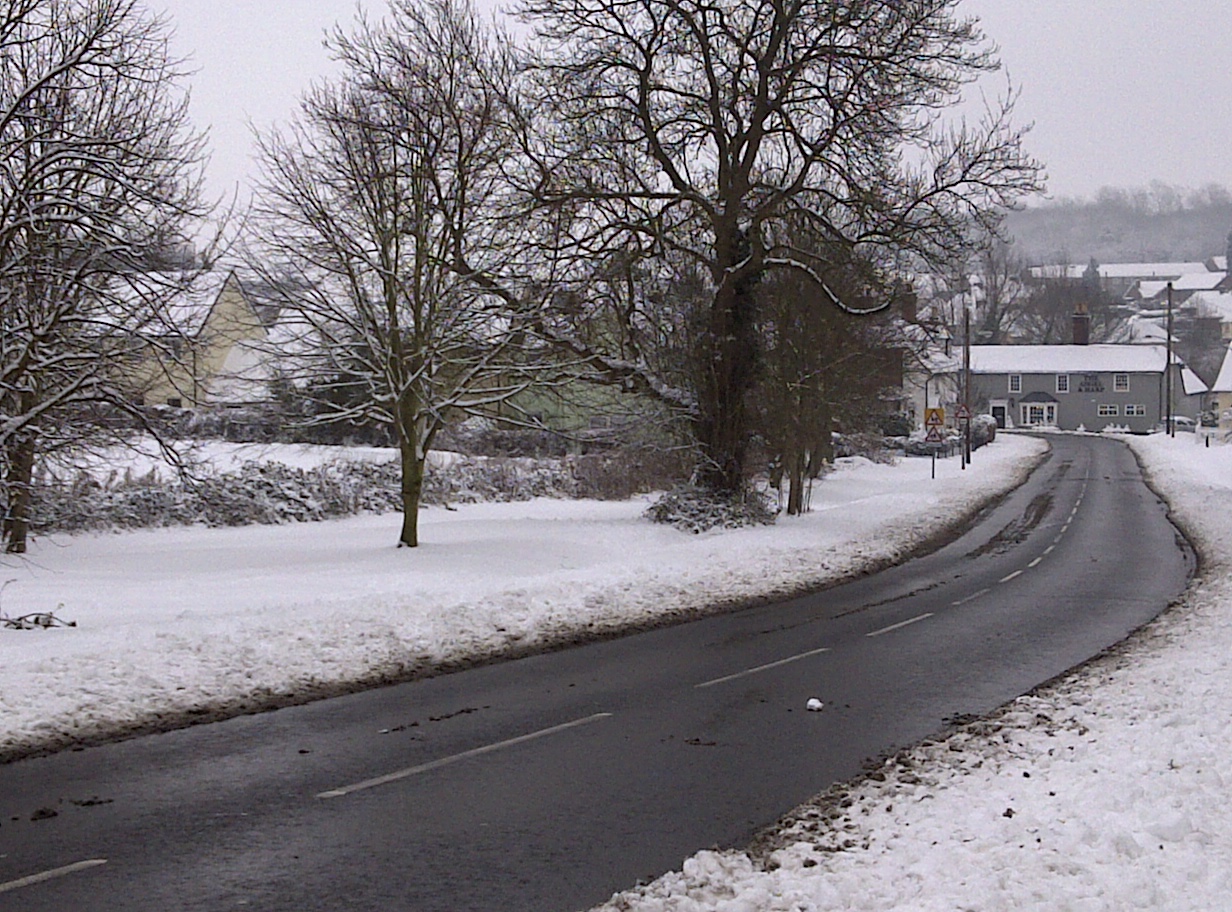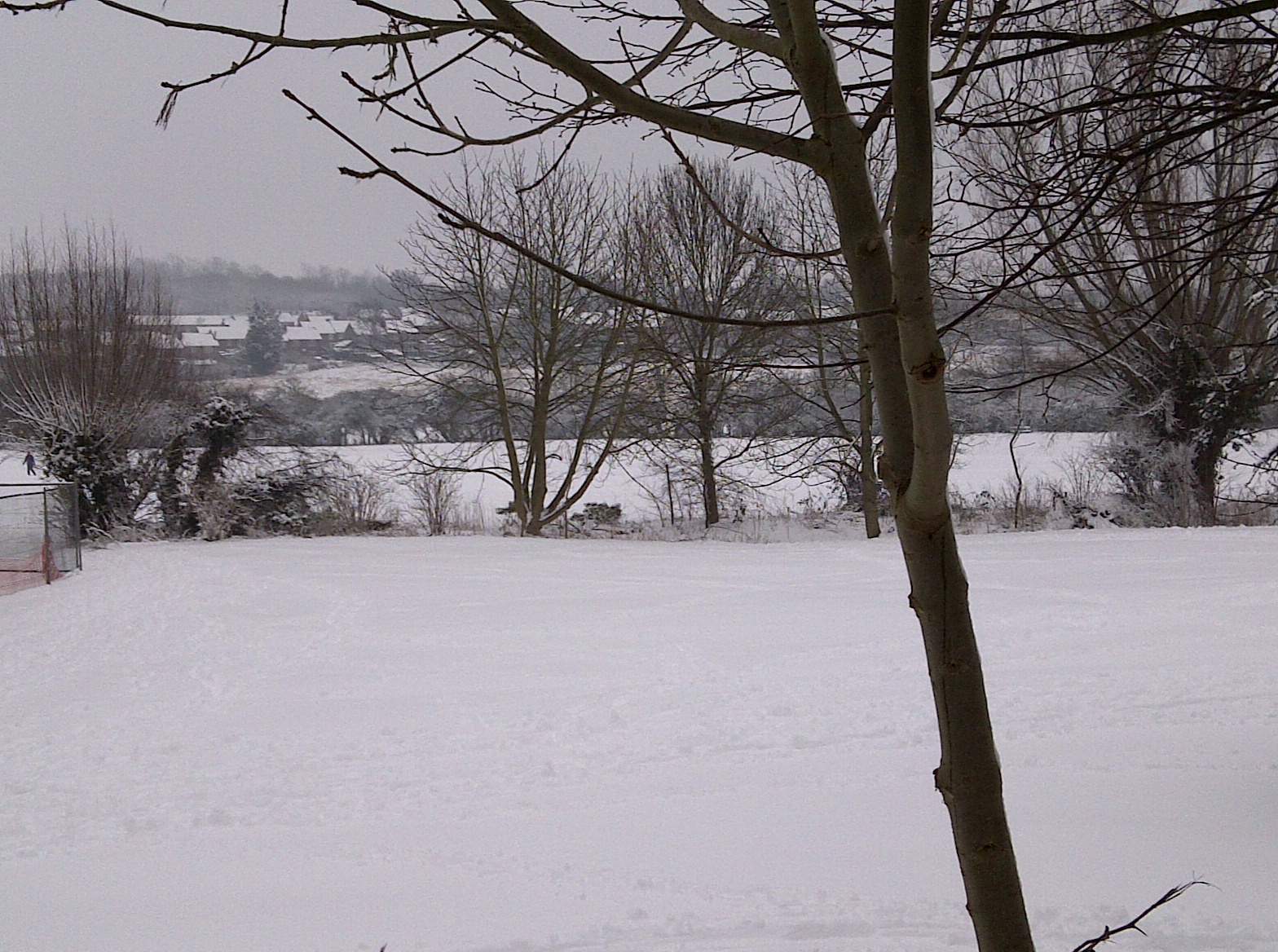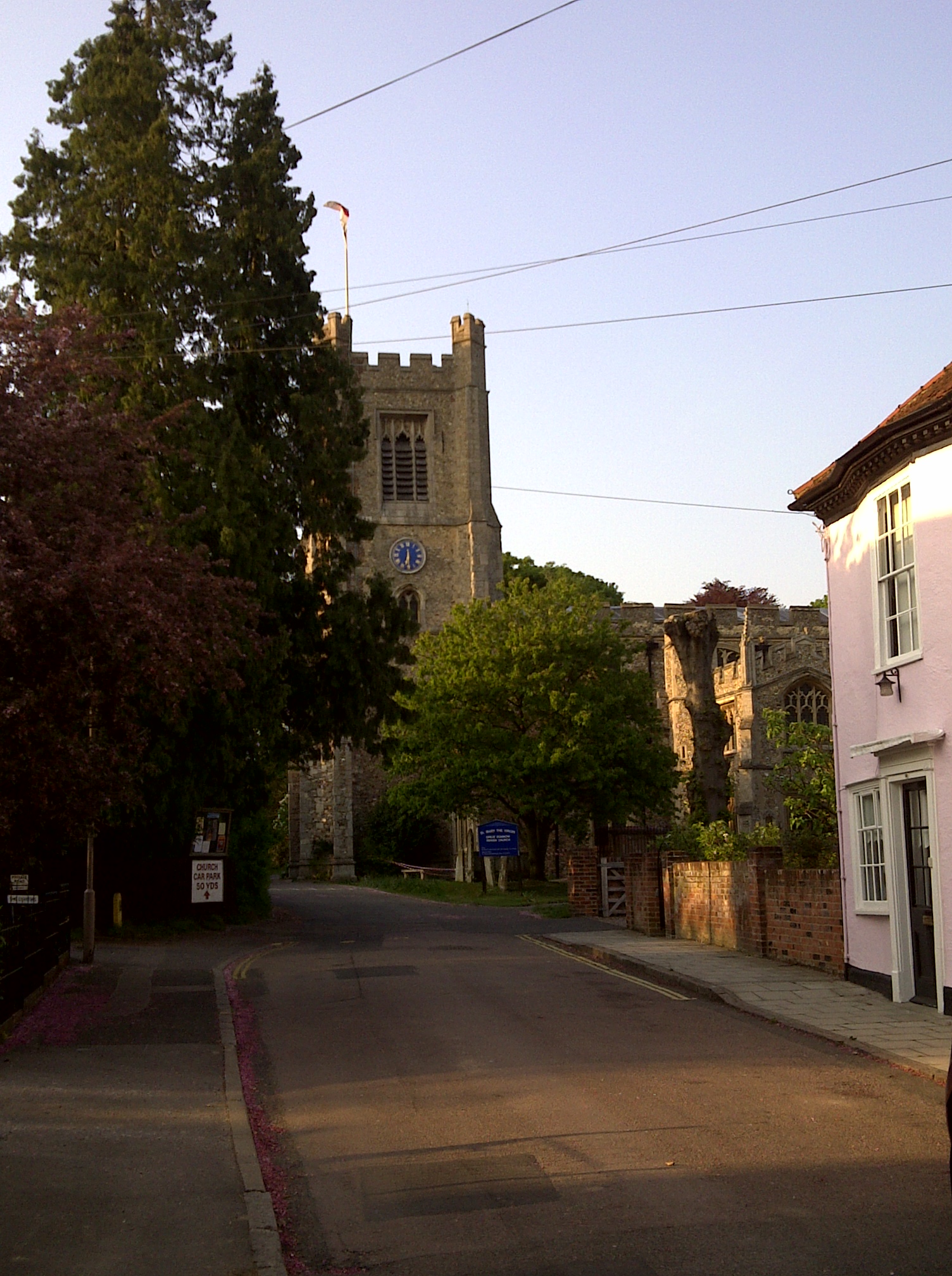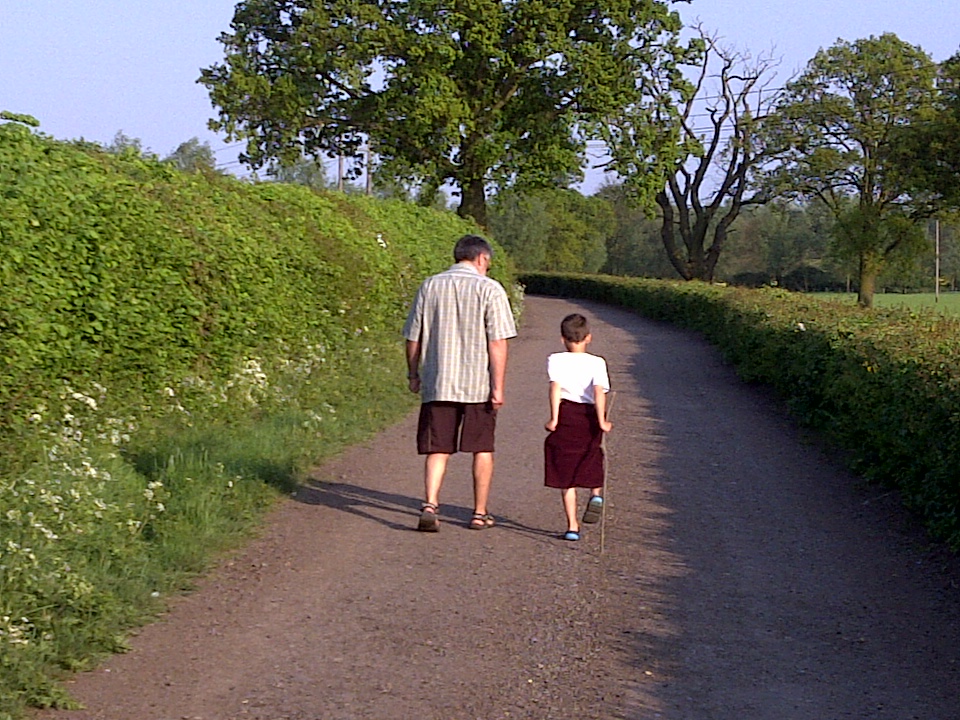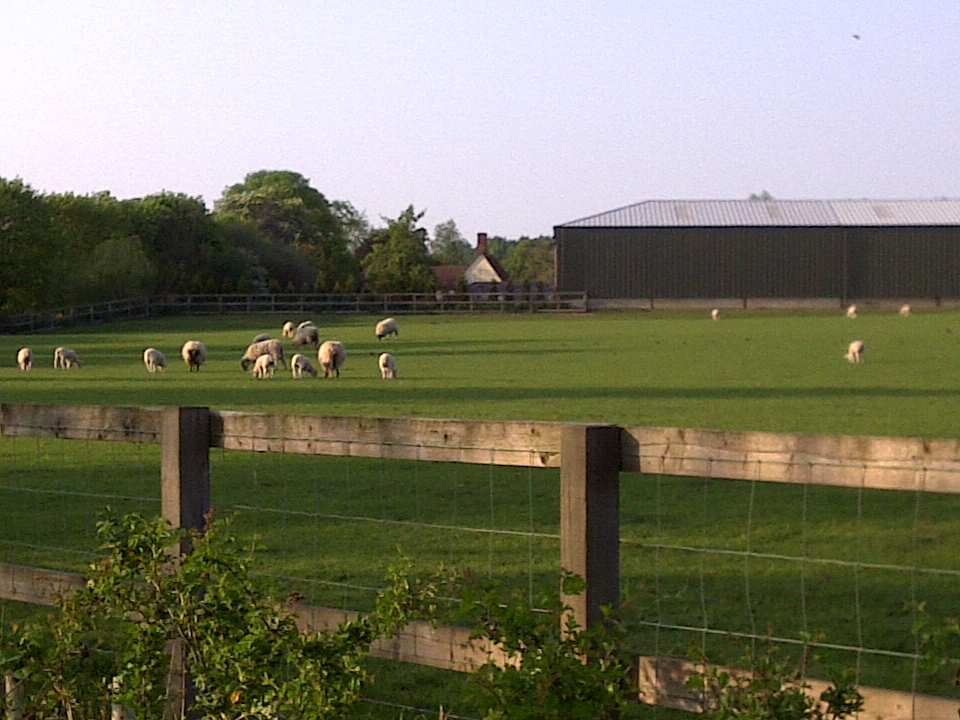Berbice House School – Great Dunmow
When fellow local historian, Austin Reeve, read my post about Great Dunmow’s Through all the changing seasons and the comments about the local boarding school, Berbice House, it prompted him to get in touch with me and send me 6 postcard images of the school. Adding his images to my own collection means that today I can bring you 9 photographs of Berbice House boarding school from the 1950s.
This boarding school was located on Great Dunmow’s Causeway at the place where today’s roundabout to Godfrey Way is located. The school building was demolished during the 1970s or the 1980s – and now, in its place is Godfrey Way (named after one of the heads of Berbice House School), a large winding road to the top of a hill containing hundreds of houses. There is turning off Godfrey Way, called ‘Berbice Lane’ – named after the school. Prior to the school being located in the building shown in the first photograph, during the 1940s, it was located in the Clock House.
Then









 The Clockhouse – sometime during the early part of the 19th century.
The Clockhouse – sometime during the early part of the 19th century.
Now

 The Clockhouse – Summer 2013 – from the same location as the Edwardian postcard.
The Clockhouse – Summer 2013 – from the same location as the Edwardian postcard.

 The top of the church steeple – visible from the highest point on Godfrey Way. The sun-scorched yellow fields of Stebbing in the distance.
The top of the church steeple – visible from the highest point on Godfrey Way. The sun-scorched yellow fields of Stebbing in the distance.
 Godfrey Way – looking back down the hill to where Berbice House once stood.
Godfrey Way – looking back down the hill to where Berbice House once stood.
 Godfrey Way and the fields of Stebbing in the distance.
Godfrey Way and the fields of Stebbing in the distance.
Do you have any photos of your time at Berbice House School?
If so, please do contact me
*-*-*-*-*-*-*-*-*-*-*-*-*-*-*-*-*
This blog
If you want to read more from my blog, please do subscribe either by using the Subscribe via Email button top right of my blog, or the button at the very bottom. If you’ve enjoyed reading this post, then please do Like it with the Facebook button and/or leave a comment below.
Thank you for reading this post.
You may also be interested in the following
– Great Dunmow – Through all the changing seasons
– Index to each folio in Great Dunmow’s churchwardens’ accounts
– Great Dunmow’s Churchwardens’ accounts: transcripts 1526-1621
– Tudor local history
– Pre-Reformation English church clergy
– Medieval Essex dialect
– Henry VIII’s Lay Subsidy 1523-1524
– The Tudor witches of Essex
– Building a medieval church steeple
– Great Dunmow’s Medieval manors
© Essex Voices Past 2012-2013.
